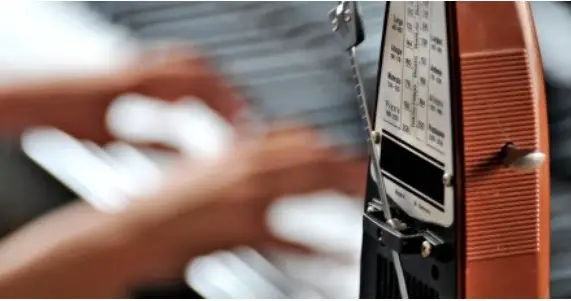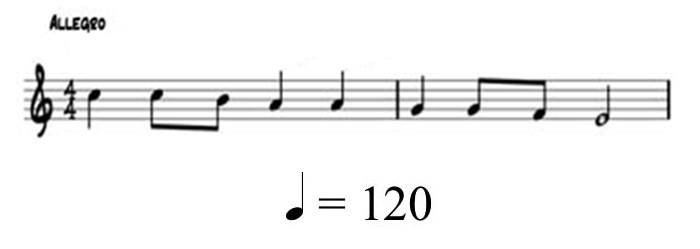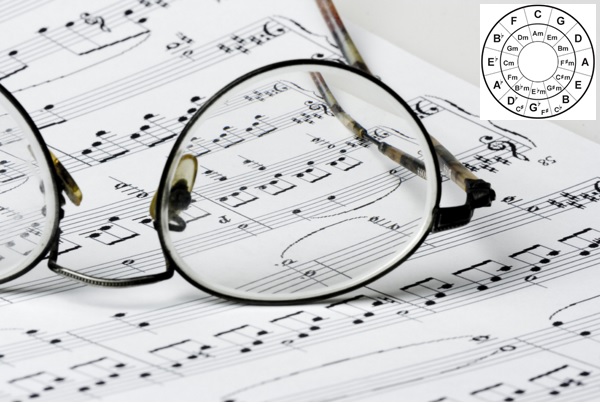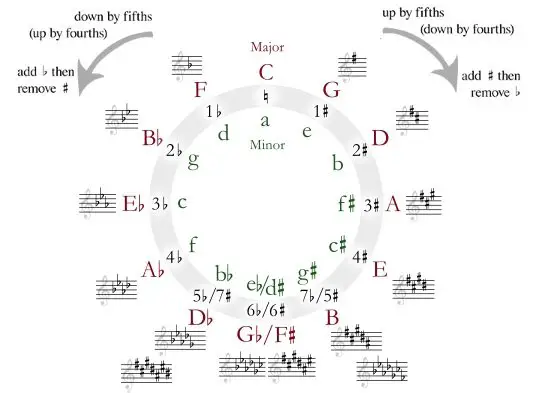
Beat is the continuous pattern of rhythmic in music. We can experience the beat by counting, foot-tapping or clapping along with music. Tempo is the speed of the Beat, usually expressed in Beats Per Minute (BPM). 120 BPM means 120 beats in one minute. Tempo is expressed trough different music terms, such as Slowly, Fast, Allegro, Largo, and so on.
Every song has its own speed, which in music theory, is denoted by the Tempo of the song, also known as BPM (beats per minute). If you observe a sheet music, you will find the tempo mentioned at the beginning of notation.
The Tempo is the speed at which the piece of music has to be played.
The tempo could be specified in different ways:
- Exact: In this case, a number is mentioned. You can see a number written next to a small music note (♩ = 70).
- It means you have to maintain a speed of 70 beats per minute.
Tempo is also expressed in word form (mostly Italian words)
Long before the metronome was invented, music composers were not sure how their transcribed music would be performed by others (especially those who had never heard the pieces before). The process of mentioning the tempo markings in sheet music started in the 1600s.

So if someone asks you the difference between tempo and bpm, remember that Tempo is the concept/convention (a bit vague), whereas BPM is the exact measurement.
Here’s a list of the commonly used Italian tempo commands that you will find in written music (piano or other musical instruments).
Some of the basic tempo markings:
- Largo is 40-60 BPM
- Larghetto is 60-66 BPM
- Adagio is 66-76 BPM
- Andante is 76-108 BPM
- Moderato is 108-120 BPM
- Allegro is 120-168 BPM
- Presto is 168-200 BPM
- Prestissimo is 200+ BPM
The best way to play a piece of music at the right tempo is to practice using a metronome. Musical instruments like electronic keyboards / digital pianos have built-in metronome. However, for most acoustic instruments, you need to buy a metronome separately in order to practice at the correct tempo.
Music Theory – Tempo and BPM (Beats Per Minute)

More Music theory examples and resources
KeytarHQ editorial team includes musicians who write and review products for pianists, keyboardists, guitarists & other musicians. KeytarHQ is the best online resource for information on keyboards, pianos, synths, keytars, guitars and music gear for musicians of all abilities, ages and interests.




Leave a Reply